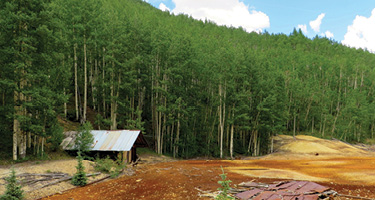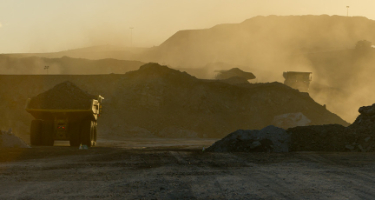In spite of all of the differences of opinion on environmental issues and law, there is no doubt on the question that for damages regarding contaminated lands to be recoverable from a polluter, they must be reasonable. This proposition was established in my case Tridan Developments Ltd. v. Shell Canada Products Ltd., 2002, CanLII 20789 (ON CA), over 20 years ago. While this proposition seems like a settled prospect, the advent of in situ treatment of contaminated soils is going to be one that will need to be paid attention to by both counsel for injured plaintiffs and engineers propounding remediation strategies.
Whereas up to this point, in a situation where a “dig and dump” strategy was proposed, it was simply a matter of removing contaminated soils and, where they contained contamination, they were taken to a landfill at considerable cost and expense. Now, with the advent of soil treatment on site, the methodologies for treating contaminated soils is going to evolve considerably. New rules concerning on site treatment of soils or for their transportation to another location will change the landscape considerably for the treatment, use and disposal of contaminated soils.
The most important aspect of this issue ties back to the concept of reasonableness of damages. It is extremely likely that all plaintiffs proposing that the soils on their sites be remediated will be required to follow the most reasonable and least costly method of achieving such remediation. It seems clear that a failure to do so could well be the subject matter of a denial or reduction of a damage claim for the cost of soil remediation, where the cheapest and easiest way was not employed. Given the myriad of new and often complicated provisions for dealing with excess soil either on site or on another site, this will raise a whole host of remediation strategies that were up to this point in time not possible.
Ontario has made it clear that it no longer wants lands landfilled with waste soils. The clear concept is to manage the soils and re-use them rather than take them to landfills. January 2021 saw the advent of the first phase of this new regime with two subsequent legislative enactments forthcoming between now and 2025.
The main impact for landowners centers on the use of these regulations and the requirement for reasonableness in the assessment of damages sustained by a contaminated site. No longer will it simply be a question of looking at tipping fees, but all costs will need to be weighed including engineering costs to deal with excess soils, complex soil handling and deposit regulations and any alternatives for the use of excess soil either on the subject site or on other sites. The new alternative for transporting soils off site will require stakeholders to not only know about soil conditions on their site, but on adjacent or alternate sites as well. New possibilities now include the recycling and use on site of excess or impacted soil, transport to alternative sites, importing or exporting of impacted soils to another site, complex reporting and assessment requirements and even the necessity of designing excess soil documentation prior to the project being undertaken.
All remediation technologies will now have to be carefully addressed and weighed in order to ensure that the most reasonable and economic way of dealing with contamination and the excess soils generated by contaminants are being taken advantage of. These requirements will change as the legislation changes and will need to be taken into consideration by not only landowners but by the consultants they use in dealing with contaminated land.
This blog post was written by Michael Hebert, a member of the Environmental Law team. Michael can be reached at 613-369-0360 or at michael.hebert@mannlawyers.com.






















